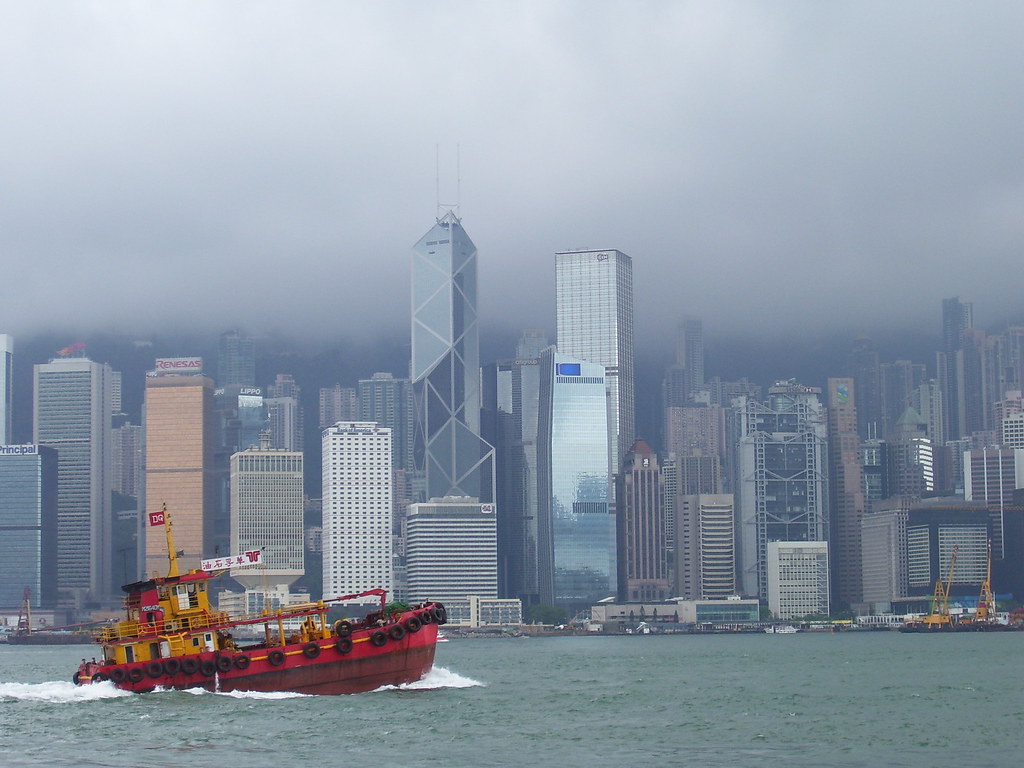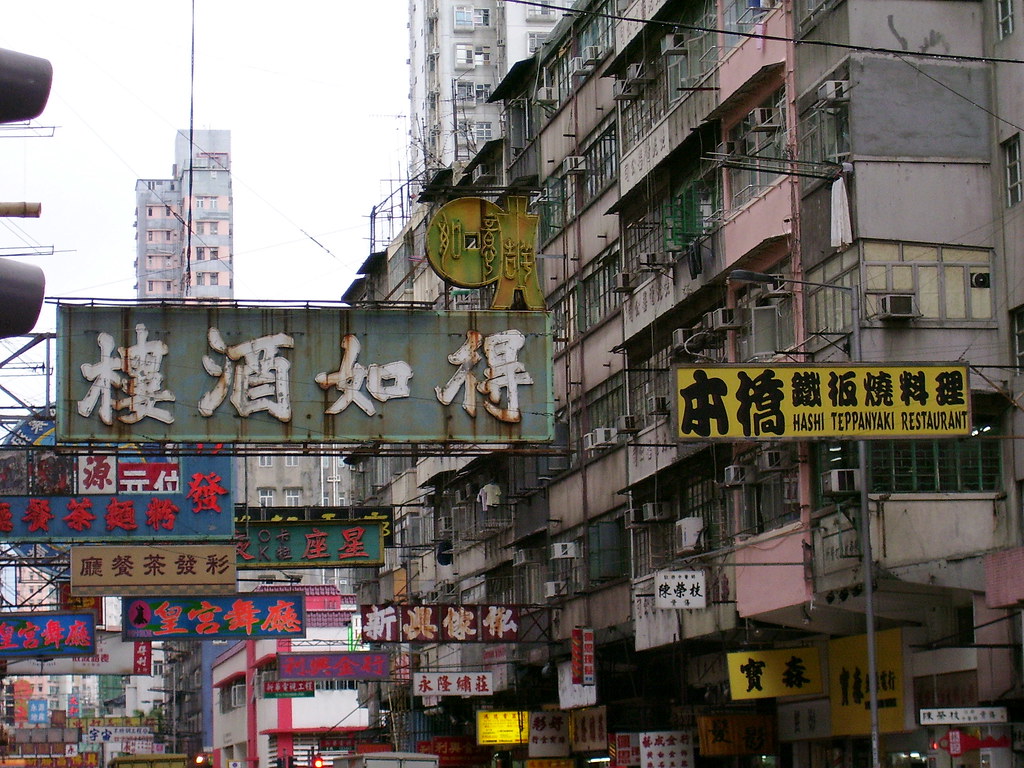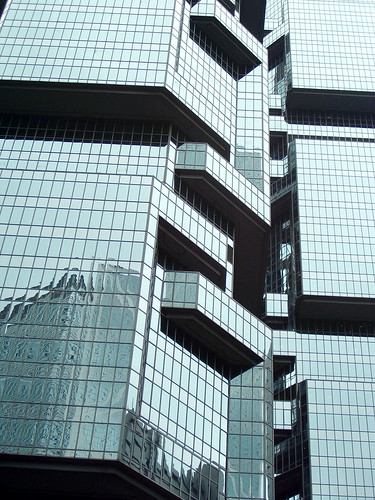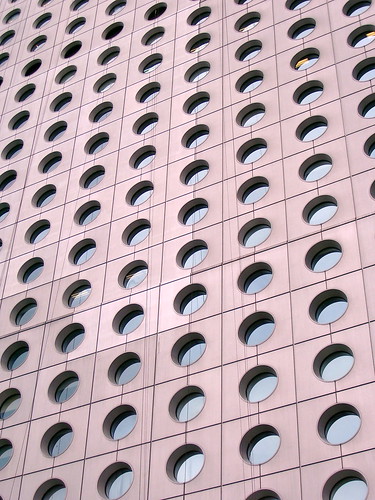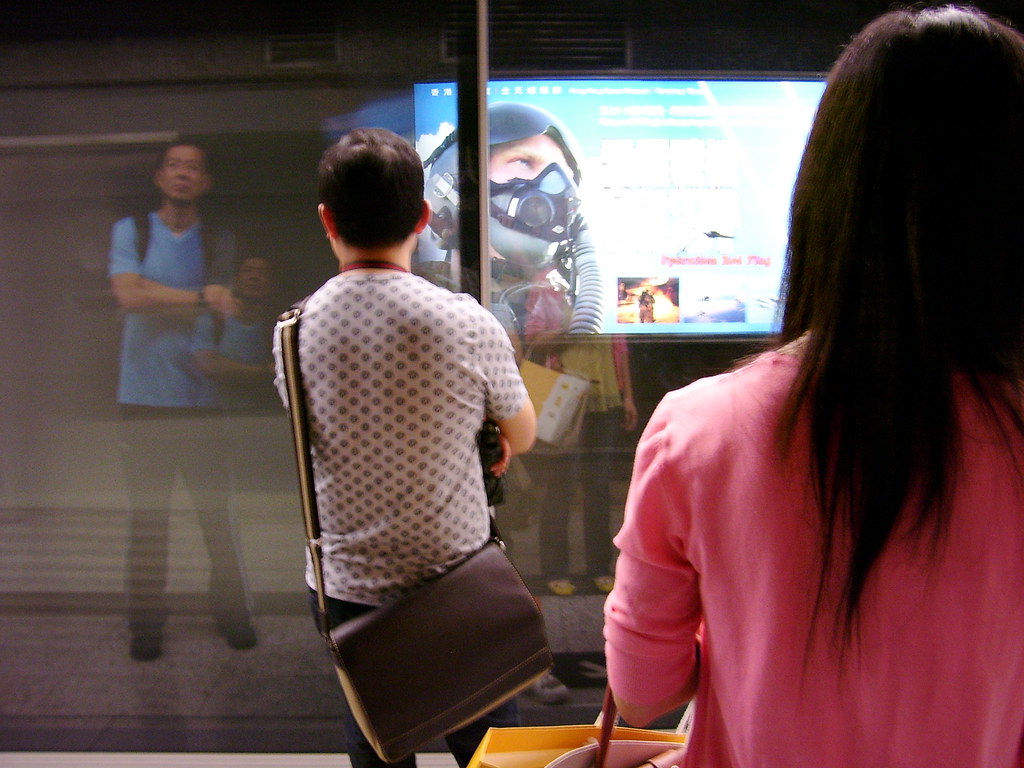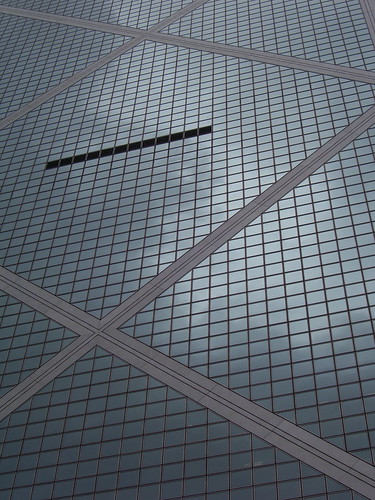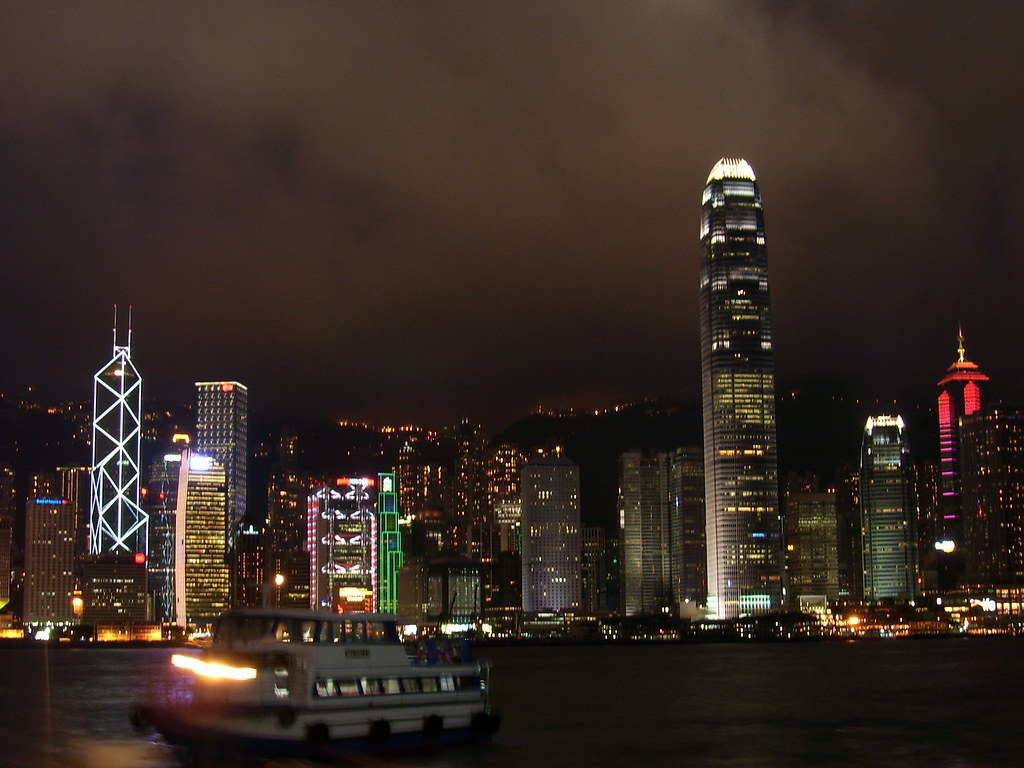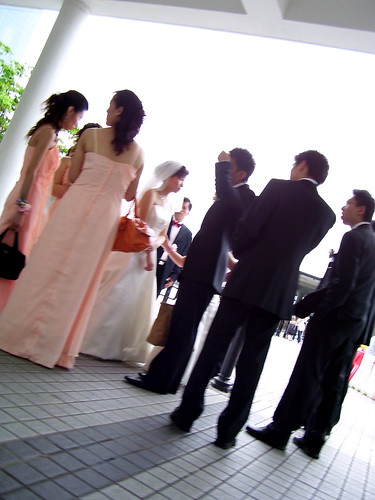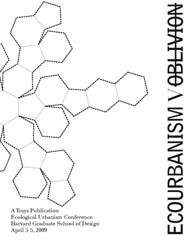If any of my readers actually live in Massachusetts (which I'm really not sure they do), the Center for Urban and Regional Policy has an interesting article on the candidates for Mass Governor's positions on a few urban issues here. I choose to withhold my judgment for the time being (again, like anyone really cares).
Read more...30.8.06
28.8.06
The Lao People's Democratic Republic
I finished uploading my photos from the Lao P.D.R. I really enjoyed our time in Laos. Along with Viet Nam and Angkor Wat, it was the highlight of trip. Laos' people are absolutly amazing. They are so happy and friendly, and I don't think I've ever seen happier children in my life. It's a beautiful, magical country. 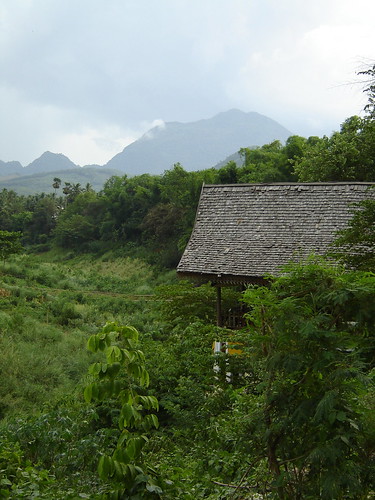









21.8.06
"Hey, Gehry, like curvilinear forms much?" -Nelson
I've always been a little unsure how I feel about Frank Gehry. When you approach one of his buildings I think it's almost impossible not to be impressed. They're soaring, beautiful and sculptural. He's a master of building a structure that reacts to the moods of the weather and of the site, and I think he's one of the only architects who has really sought to understand that, with the advent of skyscrapers and airplanes, buildings now have five facades instead of four.
But then there is the other side. Although I appreciate the sculptural forms that Gehry uses, as an urbanist I feel that physically his designs can be inaccessible. I love viewing his buildings from a distance, but walking by them (or trying to enter them) is disconcerting. And honestly, there has got to be a little bit of weird for the sake of weird going on there, right?
Anyway, the film was a very good documentary, but it left me feeling just as ambivalent as when I went in. The videos of Gehry's buildings were beautiful. The videos of Gehry designing made you feel as though his buildings are absolutely arbitrary. So I'm really just not sure what I think.
I've gotten to see (and photograph) four of Gehry's buildings (that I'm aware of anyway) so I'll just post some pictures and see how others feel.
The Weisman Art Museum - Minneapolis, Minnesota
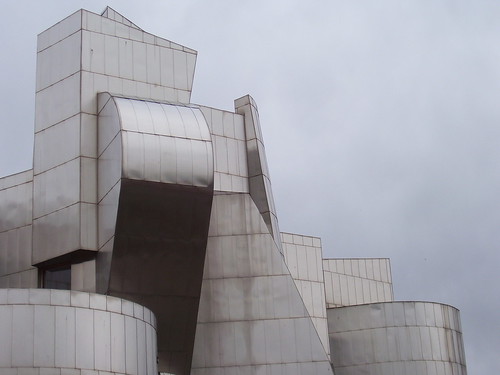
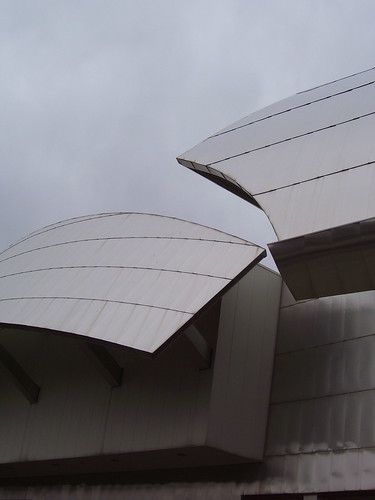
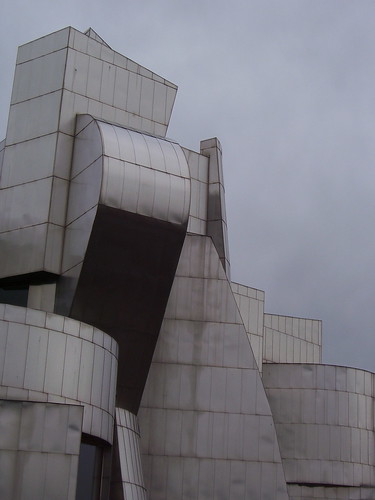
I really like the Weisman. I think it's the most accessible of Gehry's work that I've seen. To me it feels like a reflection of the natural rock formations on the Mississippi River cliffs around Minnesota.
Walt Disney Concert Hall - Los Angeles, California
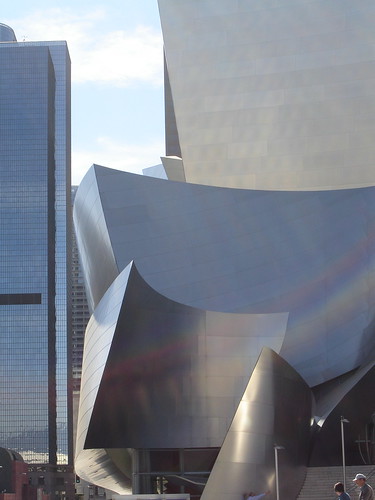
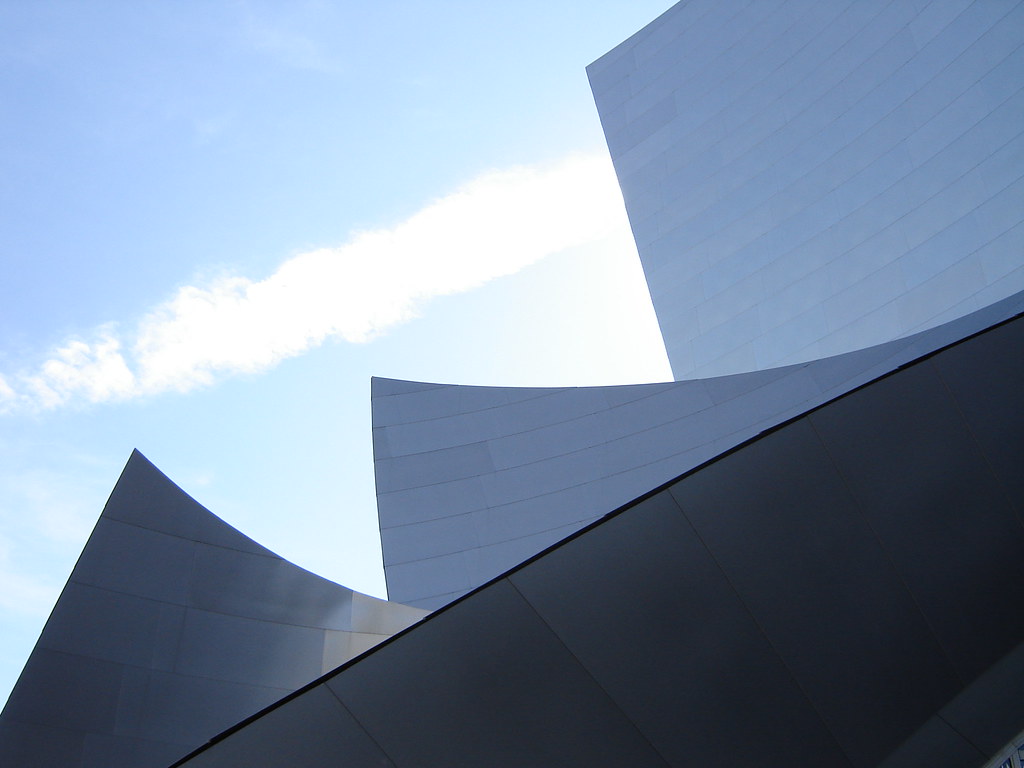
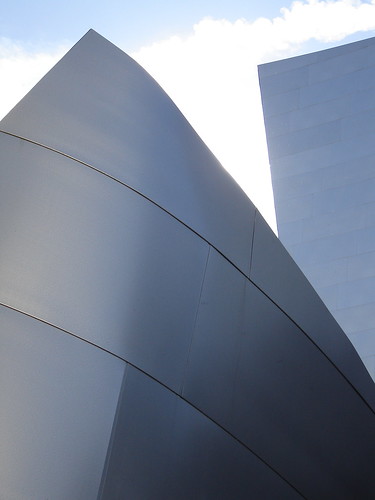
The Disney Concert hall is certainly beautiful, but again I question how much it actually adds to LA's downtown. It's a beautiful sculpture, but what kind of building is it?
DZ Bank - Berlin
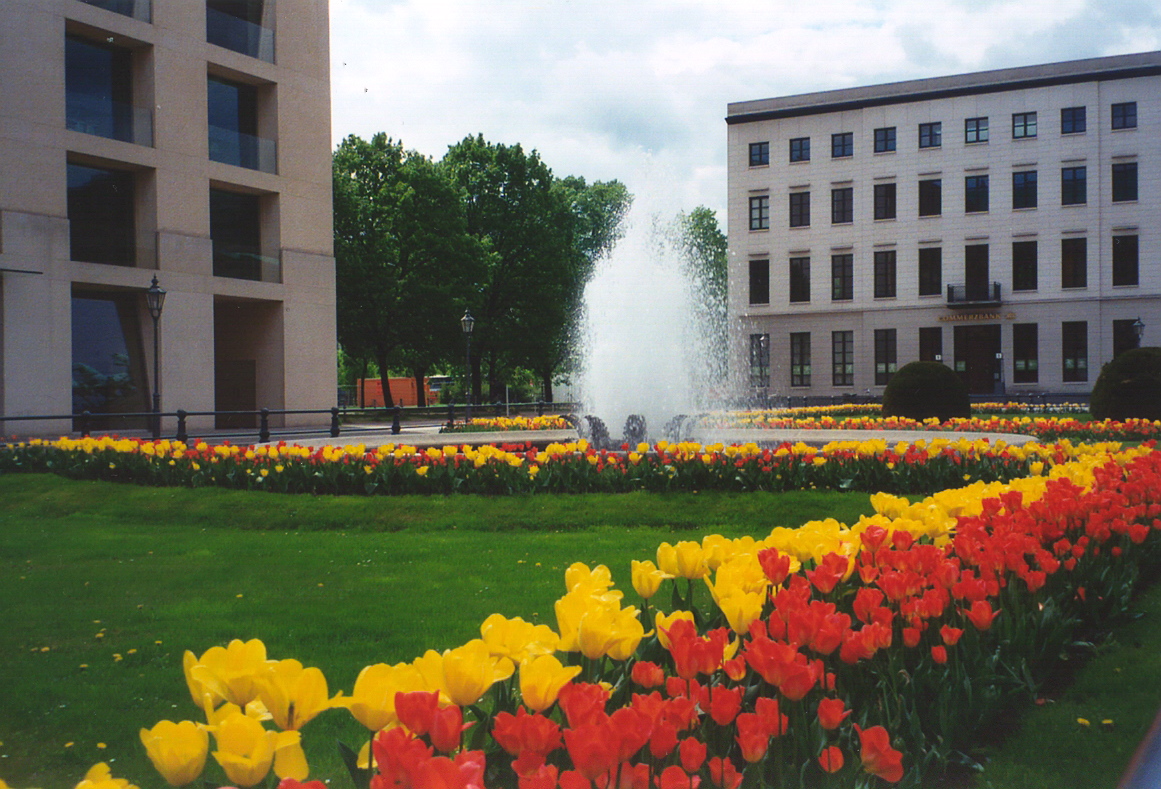
It's the building on the left. This one is really hard to recognize until you go inside. There were a lot of zoning requirements for the building (it's right next to the Brandenburg Gate and the Reichstag), so Gehry was forced to keep the craziness inside. It's a beautiful interesting building that I feel shows that a little restraint isn't such a bad thing.
The Stata Center at MIT - Cambridge, Massachusetts
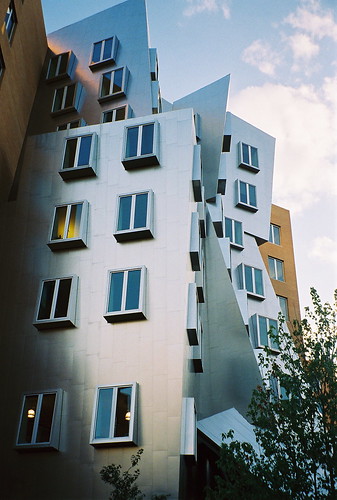
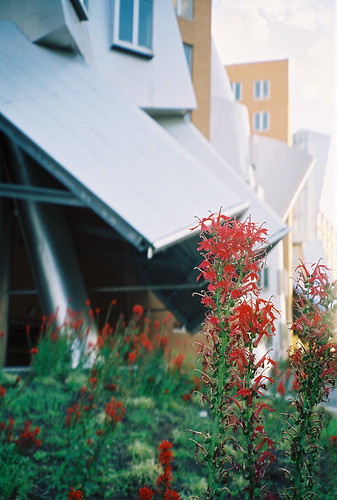
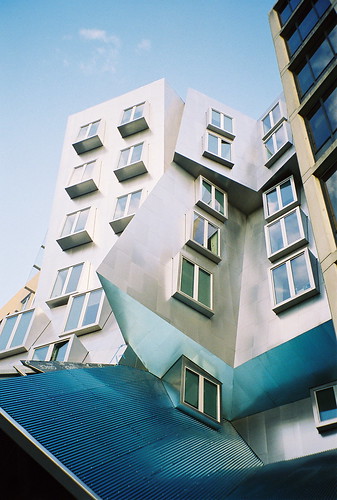
The Stata is the linguistics building at MIT. It's one of Gehry's stranger buildings. It's not in a prominent location and it switches back and forth between a very conservative red brick facade (this is New England after all) and short bursts of shiny titanium. Read more...
13.8.06
"The Finest Large Scale Housing in America"?
I was at the BU Bookstore the other day and I picked up a bargain book called The Sourcebook of American Architecture by G. E. Kidder Smith. It was put out by the Princeton Architectural Press in the late 90's. It's actually a pretty good guide to American architecture. It's got 500 buildings total, 250 pre-1900 and 250 after, but you can tell that it was published in the period when a kind of brute modernism was still very fashionable, at least at an intellectual level (I'm not sure it was ever really successful on a popular level). Anyway, I was paging through when much to my surprise, I found that Cedars-Riverside was rated one of the 500 most important buildings in the history of American Architecture. In fact, the book calls them "the finest large scale housing in America." hmmm. 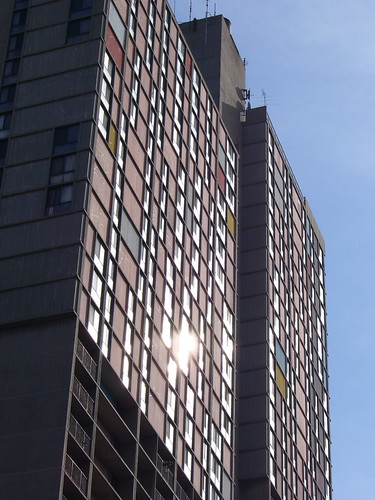
From a visual standpoint, I've always liked the towers, (they were designed by the same architect who designed the original Guthrie Theatre by the way) but I think you'd be hard pressed to call them the finest large scale housing in America. Marina Towers in Chicago and Stuyvesant Town in Lower Manhattan come to mind for me. But that issue aside, I feel like there are a couple of interesting things that we can gather from that statement. First, the people who judge architectural value seem to care little how people actually use the building. Second, the people who use (look at/drive past/ignore) the building seem to care little about how much architectural value the building has. I think both of those are bad. 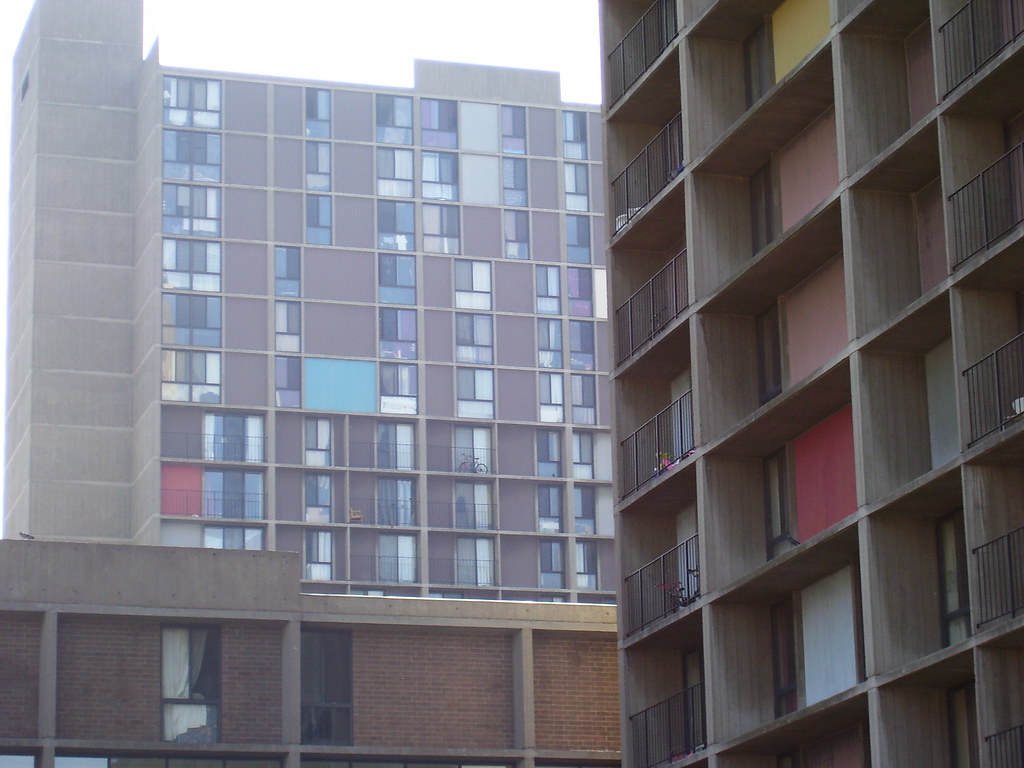
First, to the architectural critics: Yes, the buildings are really quite beautiful for concrete. Yes, the way the buildings are arranged to give everyone a good view without having their privacy invaded is ingenious. However, one quick walk around the ground level shows where the architect/planners failed. It's desolate. I spent 3 hours there one morning and say exactly one person: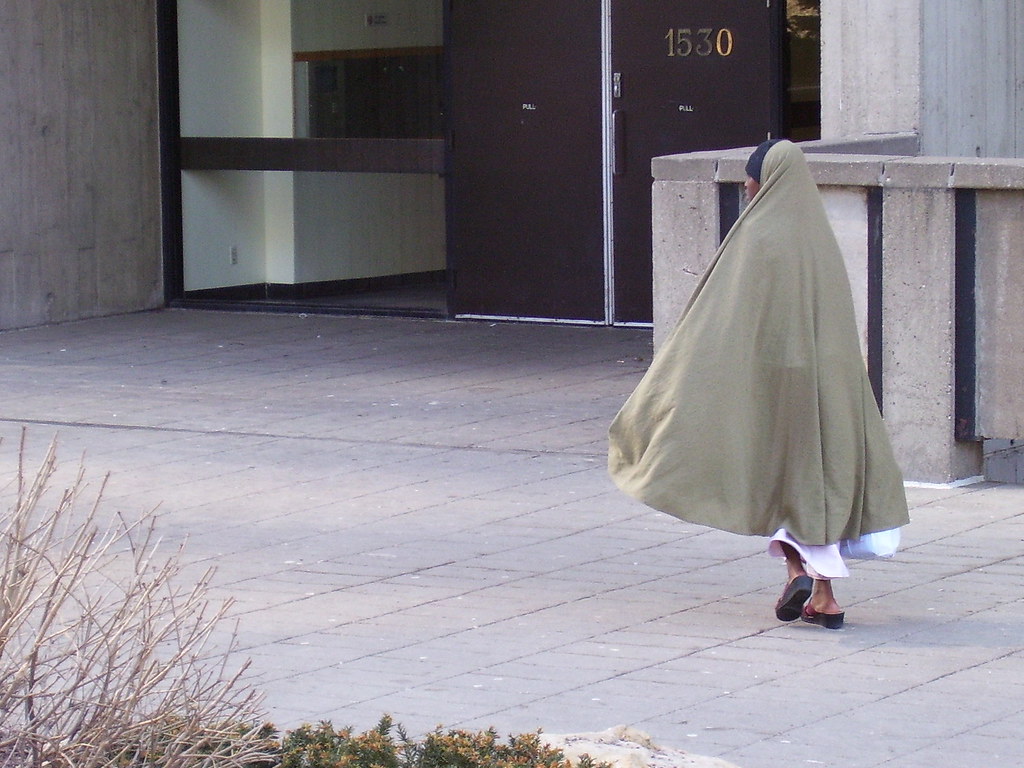
but besides that, the grounds are a confusing mass of concrete stairwells and the buildings feel oppressive. 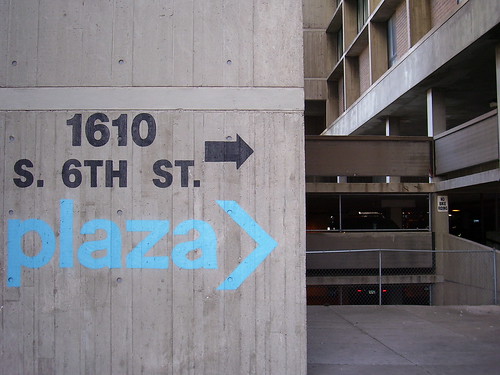
If the buildings were somewhere where people just needed to get from their apartments to the underground parking garage, maybe that wouldn't matter, but in the city, it only serves to sever the tenants from the surrounding community and the surrounding community from the tenants.
To the people (and I mean the city more than the tenants here): Recognize that good architecture contributes to the city, especially if the architect works to incorporate the architecture into the fabric of the city. And just because something isn't appreciated right now doesn't mean it won't be in the future. Someone in Chicago realized that an abandoned building on the South Side was designed by Eero Saarinen. Now it's million dollar condos.
Do I think that Cedars-Riverside will gentrify someday? Honestly, yes. With all the rush to build new tall/pacific-northwesty condos, it's only a matter of time before someone realizes the architectural value of Minneapolis' "classic high-rises" (I'm copy-writing that right now). And with a little renovation to the ground level, some more streets cutting through and some mixed-use shopping, maybe they will not only be the finest large scale housing in America, but also the finest large scale homes in America. 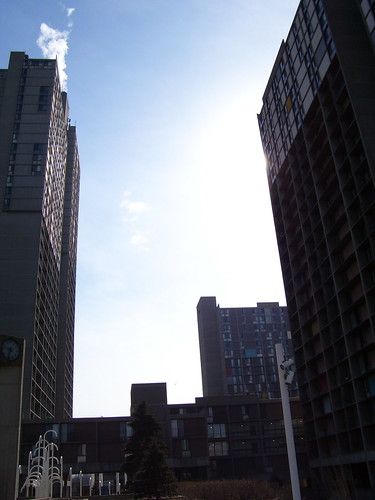
On a completely different note: We saw Little Miss Sunshine. As must all of you. Amen.
7.8.06
"I look into my crystal globe, and I dream of the carnival of the multicultural city. I don't want a city where everything stays the same and everyone is afraid of change; I don't want a city where young African Americans have to sell drugs to make a living, or Thai women are imprisoned in sweat shops in the garment district where they work 16 hours a day, six days a week; where boys carry guns to make them feel like men, and suspicion oozes from plaster walls, and white neighbourhoods call the police if they see a black/stranger on their street. I don't want a city where the official in charge refuses to deal with the man standing at his desk because everything about him is different; where immigrants are called 'blackheads' and forced to find shelter in the industrial zone; where whites pay more and more of their private incomes to protect themselves from 'strangers', and vote for officials who will spend more of everyone's taxes on more law and order rather than more schools and health clinics; where political candidates run on promises of cutting off services to 'illegal immigrants'; where the media teach us to fear and hate one another and to value violence in the name of 'patriotism' and 'community'. I don't want a city where I am afraid to go out alone at night, or to visit certain neighbourhoods even in a broad daylight; where pedestrians are immediately suspect, and the homeless always harassed. I don't want a city where the elderly are irrelevant and 'youth' is a problem to be solved by more control. I don't want a city where my profession - urban planning - contributes to all of the above, acting as spatial police, regulating bodies in space..."
-Leonie Sandercock, Cosmopolis II, 2003
Hong Kong, Special Administrative Region, People's Republic of China
Finished uploading my Hong Kong pics. Here's my favorites.